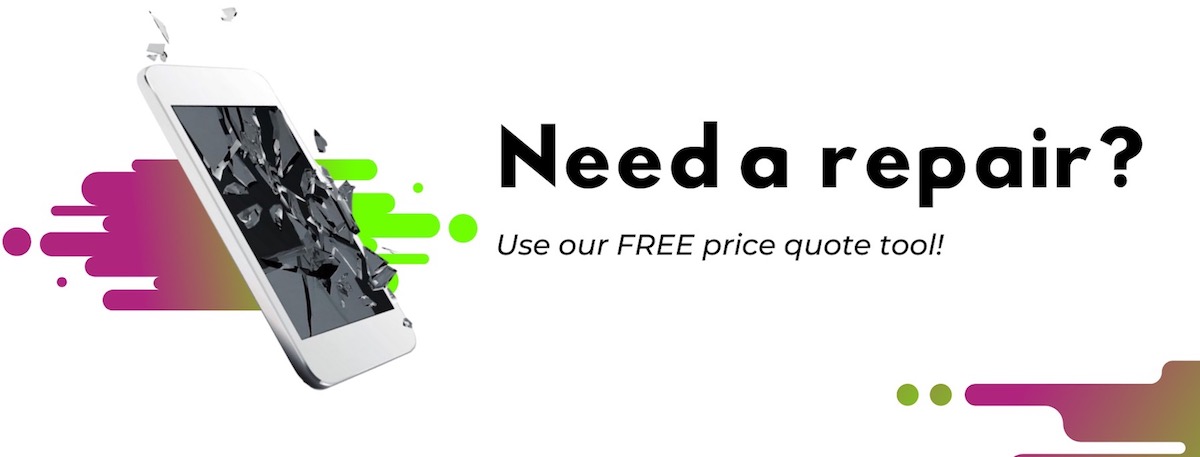Fitbit was one of the first big sensations for the wearable tech industry, but talk to current owners of the health tracking device and they might tell you that the hype has worn off and the lack of functionality other than the pedometer has it collecting dust in the corner. Meanwhile, Google Glass made a big splash in the tech world when the first concept video came out featuring a head-up display that would not be unfamiliar to those that have ever played near-future sci-fi video games.
Yet, sales lacked because the unit was prohibitively expensive; it became more of a beta testing case to evolve the optical recognition software and the admittedly brand new user interface for a product that holds great promise for the future, but is not cost-effective or streamlined enough yet to go truly mainstream.
Now We’ve Smartwatches, What’s Next?
Smartwatches have seen limited success. The Pebble’s greatest asset was its low-tech approach to saving the smartphone user from pulling his or her phone of their pockets to read a notice or text message, all while retaining a vastly superior battery life than those watches which simply replicate functionality already available on telephones. This niche approach has paid off, and the Kickstarted product is arguably the most successful example of a smartwatch, or indeed wearable tech around.
So what does the future have in store? It’s likely that niche uses will see an increase in particular fields, such as sports and medicine. Whether to diagnose certain diseases such as sleep apnea or to have real-time monitoring of biometrics, wearables fulfil a unique role in these areas.
If products like the now defunct Glass can capitalise on their potential, the sky is the limit. We could all be walking around, scanning things with your glasses, but in the meantime, tech aficionados will have to settle with simply being glued to their smart phones.



